Also called Caballo Cimarron and Cimarrones Caballo, the Cimarron Horse is not a specific breed. The term cimarron can refer to any domesticated animal that has escaped and become naturalized or feral.
Read more
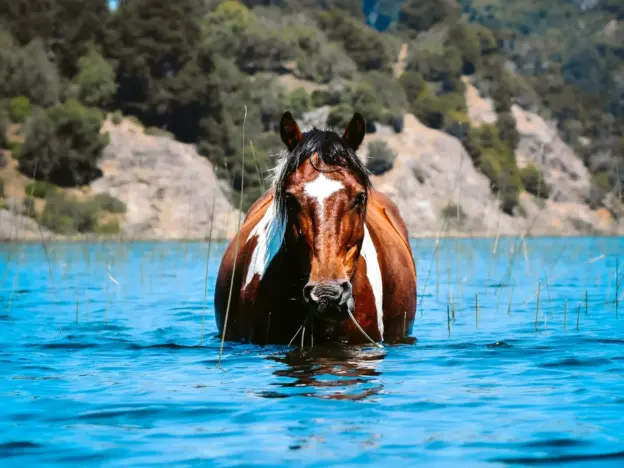

Also called Caballo Cimarron and Cimarrones Caballo, the Cimarron Horse is not a specific breed. The term cimarron can refer to any domesticated animal that has escaped and become naturalized or feral.
Read more
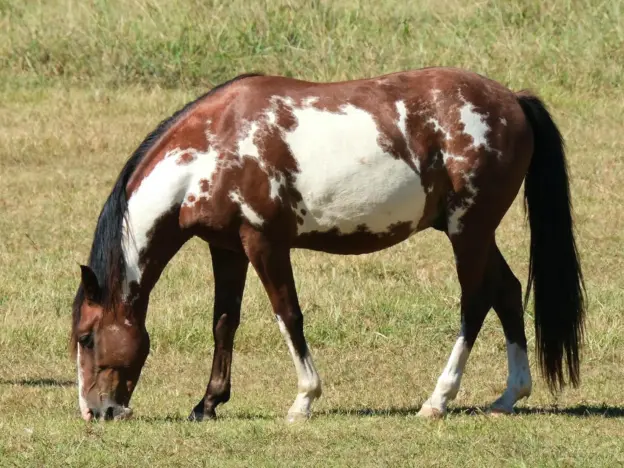
As with any native pony breeds, these animals are descendant from the tough Spanish mounts brought to the Americas during the 16th century. The Choctaw Horse is named for the Chocktaw tribe that bred them and these animals are highly regarded within their culture.
Read more
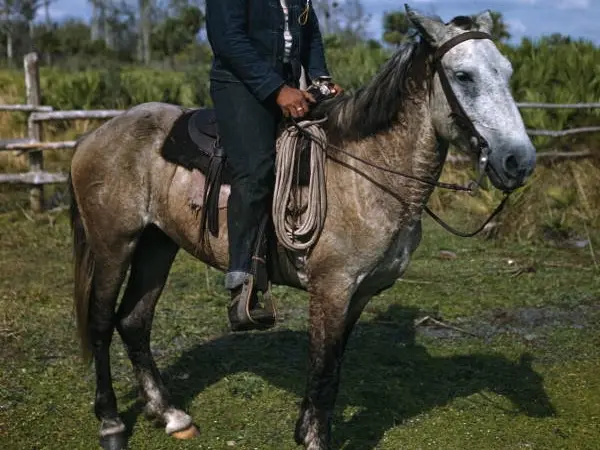
An early descendant of Spanish horses brought to the Americas in the 16th century. They were given their name because they were brought north from Florida by the Chickasaw Indians.
Read more
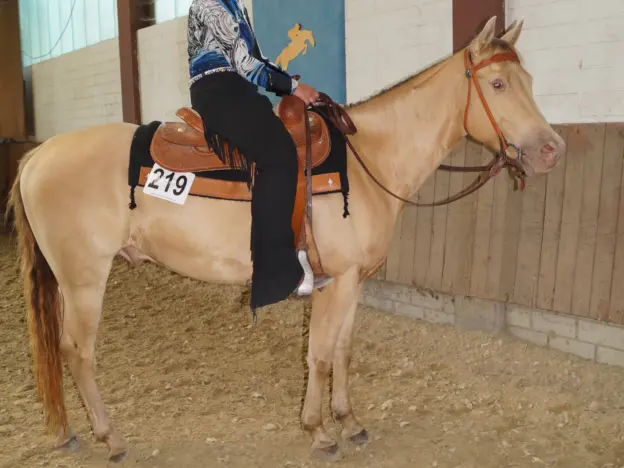
The Champagne horse is a colored breed and is registered based upon their color rather than breed genetics. The champagne gene is common in several breeds and seems to be most apparent in gaited animals.
Read more
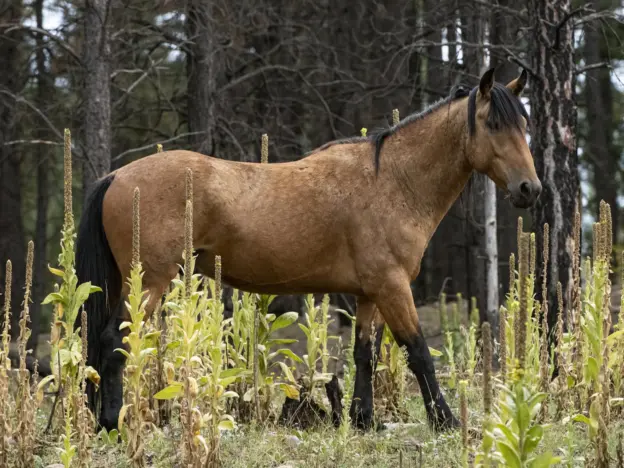
The Cerbat Mustang comes from the Cerbat Mountain area of northwestern Arizona and their numbers are dangerously low.
Read more
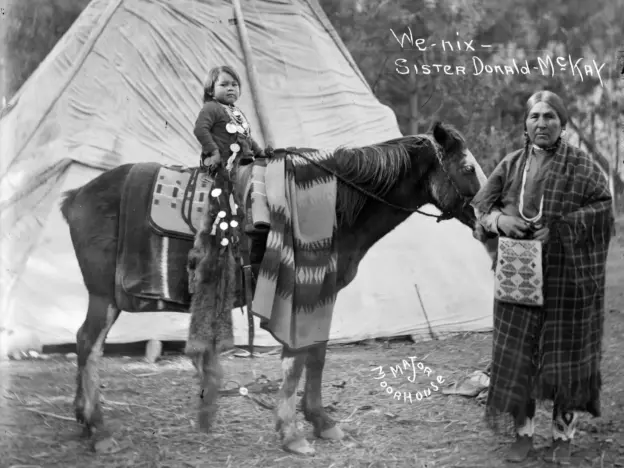
Not as well known as horses from the other tribes, the Cayuse pony is a distinct breed from the northwest and originated in the 19th century.
Read more
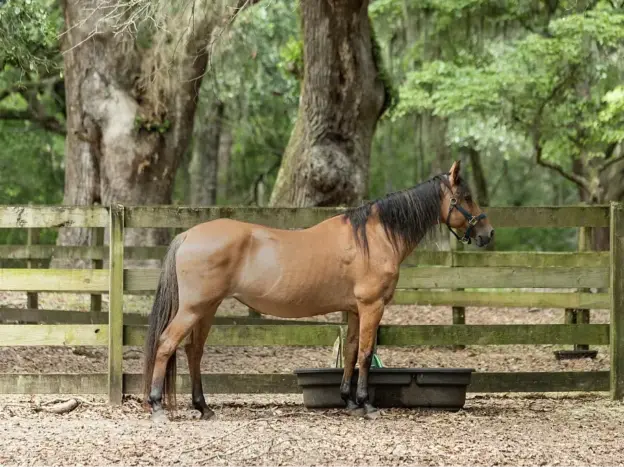
Although the word tacky is often thought of as cheap, it was used to describe the Marsh Tacky simply because they were so common in the swampy areas of South Carolina and Georgia.
Read more
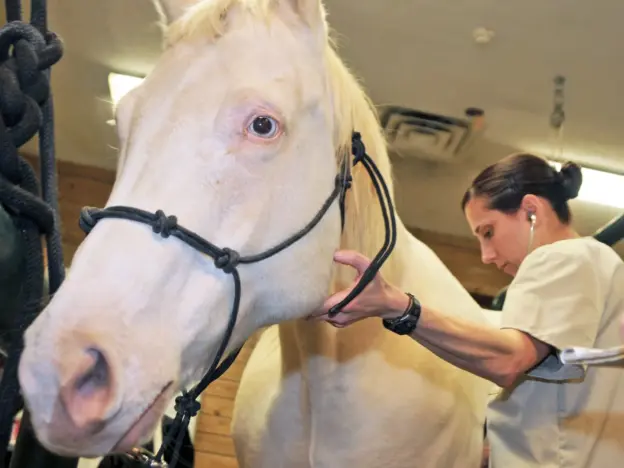
The Camarillo white horse has become famous over the years for their brilliant white coat and are well loved as dazzling parade animals.
Read more
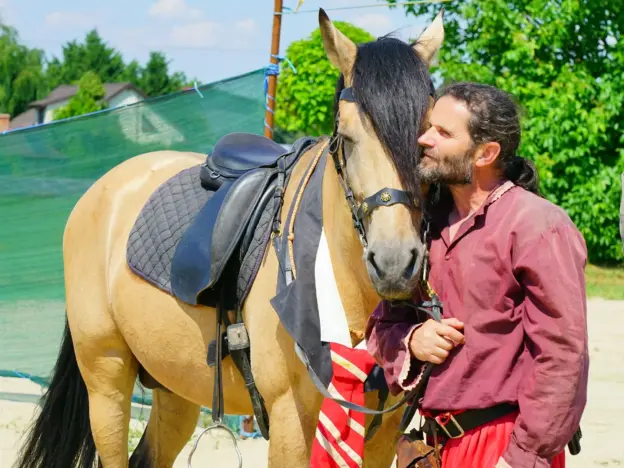
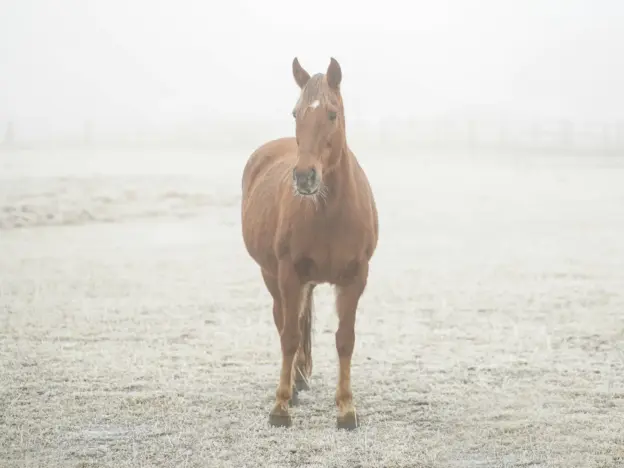
The Blazer Horse was deveolped over a period of years by Neil Hinck from Star, Idaho. The result of his dream to breed a smart, strong, easy-moving and gentle working horse was a stallion he named Little Blaze.
Read more